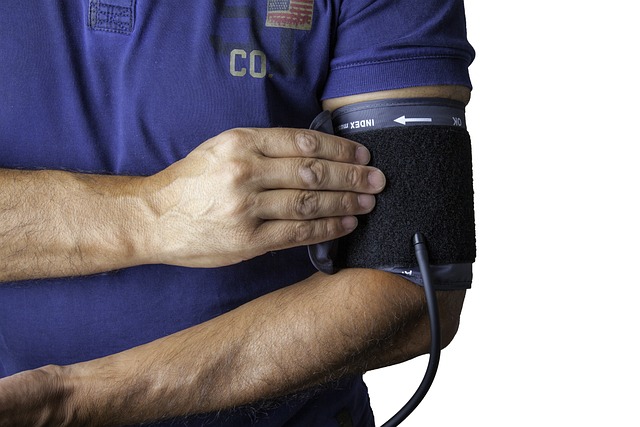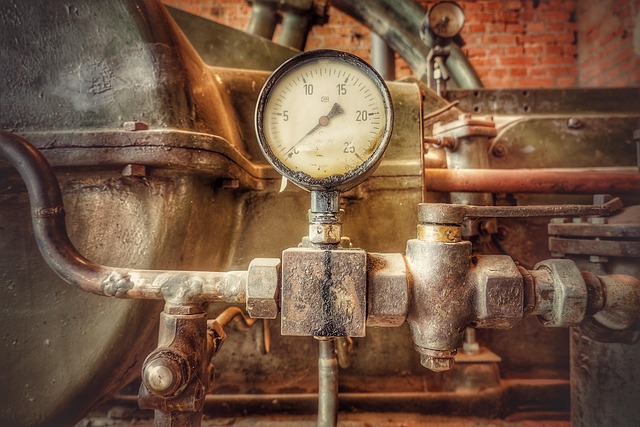Low water pressure may result from various issues like leaks, corrosion, or faulty valves, requiring professional plumber assistance for severe or persistent cases. Before calling a pro, perform basic troubleshooting including inspecting aerators, checking pipes, verifying pressure levels, and investigating valve operations to determine the problem's scope. If DIY methods fail, a plumber can diagnose complex issues and provide lasting solutions to increase water pressure effectively.
Low water pressure can be frustrating, but knowing when to call a plumber is key to efficient resolution. This guide breaks down everything you need to understand about low water pressure: from common causes and triggers to effective diagnosis steps. Learn when it’s time to reach out to professionals for swift and lasting solutions to restore your home’s robust water pressure. Discover essential tips on how to increase water pressure and reclaim the powerful flow you deserve.
- Understanding Low Water Pressure: Causes and Common Triggers
- Steps to Diagnose the Issue Before Calling a Plumber
- When It's Time to Reach Out: Knowing When to Hire Professional Help for Efficient Water Pressure Restoration
Understanding Low Water Pressure: Causes and Common Triggers

Low water pressure is a common household issue that can be frustrating and inconvenient. Understanding the root causes behind this problem is essential for knowing when to call a plumber for efficient solutions. Various factors contribute to reduced water pressure, ranging from issues at the main water supply line to problems within your plumbing system.
The most common triggers include leaks in pipes, corrosion or mineral buildup, faulty valves or pressure regulators, and outdated plumbing fixtures. In some cases, low water pressure can be temporary and easily resolved by flushing out sediment or clearing air from the system. However, if the issue persists or is accompanied by other symptoms like reduced water flow or inconsistent pressure levels, it might indicate a more complex problem that requires professional attention. Learning how to increase water pressure through DIY methods is beneficial, but for severe cases, consulting a plumber is advisable to ensure long-lasting solutions.
Steps to Diagnose the Issue Before Calling a Plumber

Before calling a plumber, it’s helpful to diagnose the issue yourself to determine if it’s something you can resolve easily. Start by checking your faucet aerators and filters; they can become clogged or restricted, reducing water pressure. Remove them, clean, or replace as needed. Next, inspect your pipes for any visible damage or corrosion, which could be causing leaks or blockages. If all your fixtures have low pressure, the issue might lie with your main water line or pressure regulator. You can also use a pressure gauge to check if the water pressure is significantly below the recommended level (typically between 40-60 PSI). Additionally, listen for unusual noises like banging or bubbling, which could indicate pipes that aren’t receiving enough pressure.
If these initial checks don’t resolve the issue, consider more advanced troubleshooting techniques. Check valve operation and ensure water is flowing freely from your water meter to the problematic area. Also, verify if other appliances are functioning properly; a dishwasher or washing machine can impact overall water pressure. Lastly, look for signs of sediment buildup in your hot water heater, which may require flushing. By taking these steps, you’ll have a better understanding of whether the problem is easily fixable or requires professional intervention to increase your water pressure.
When It's Time to Reach Out: Knowing When to Hire Professional Help for Efficient Water Pressure Restoration

Low water pressure can be a frustrating issue, but knowing when to reach out for professional help is key. While there are some simple DIY solutions to try, such as flushing the pipes or checking for leaks, persistent or severe cases may require more expert intervention. If your water pressure has remained low despite these initial checks, it’s time to consider calling a plumber.
Plumbers are equipped with the tools and knowledge to efficiently diagnose complex issues that could be hindering water flow. They can identify problems like corroded pipes, faulty valves, or even issues with the main water line connection. By hiring professional help, you ensure that any repairs are done correctly and quickly, restoring your home’s water pressure to its optimal level. Remember, a plumber’s expertise can save you time, money, and the hassle of dealing with an extended period of low water pressure.
Low water pressure can be frustrating, but knowing when to call a plumber is key to efficient resolution. By understanding common causes and diagnosing the issue beforehand, you can make informed decisions. If over-the-counter solutions don’t restore your water pressure, it’s time to reach out to professionals who can effectively increase water pressure and get your home back in working order.
